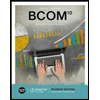
Case summary:The company LI sells the only style of catridge which works with the company’s printer. The other companies acquired the used cartridges and refurbished them to sell them in competition with LI. The company offered a twenty percent discount to customers if they returned the used cartridges of the company. The company SSC was involved in making and selling of the remanufactured cartridges. LI released an advertisement to claim that the products sold by the company are violating the patent rights of LI. A legal suit was filed by LI in federal district court for violation of the intellectual property right. The company SSC countered the claim by alleging that the company LI did r false advertisement. The counterclaim was dismissed and the court ordered that company SSC had no right to sue the company LI. Company SSC appealed to the appellate court. The appellate court reversed the decision. The company LI appealed to the supreme court and won.
To find:The judgment when a retraction for the advertisement was issued by LI before the case reached the Supreme court.
Want to see the full answer?
Check out a sample textbook solution
- General accounting questionarrow_forwardWhat are the estimated cash receipts from accounts receivable?arrow_forwardLawrence Industries produces kitchen knives. The selling price is $25 per unit, and the variable costs are $10 per knife. Fixed costs per month are $6,000. If Lawrence Industries sells 30 more units beyond breakeven, how much does profit increase as a result?arrow_forward
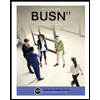 BUSN 11 Introduction to Business Student EditionBusinessISBN:9781337407137Author:KellyPublisher:Cengage Learning
BUSN 11 Introduction to Business Student EditionBusinessISBN:9781337407137Author:KellyPublisher:Cengage Learning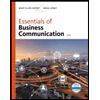 Essentials of Business Communication (MindTap Cou...BusinessISBN:9781337386494Author:Mary Ellen Guffey, Dana LoewyPublisher:Cengage Learning
Essentials of Business Communication (MindTap Cou...BusinessISBN:9781337386494Author:Mary Ellen Guffey, Dana LoewyPublisher:Cengage Learning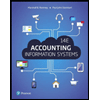 Accounting Information Systems (14th Edition)BusinessISBN:9780134474021Author:Marshall B. Romney, Paul J. SteinbartPublisher:PEARSON
Accounting Information Systems (14th Edition)BusinessISBN:9780134474021Author:Marshall B. Romney, Paul J. SteinbartPublisher:PEARSON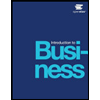
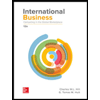 International Business: Competing in the Global M...BusinessISBN:9781259929441Author:Charles W. L. Hill Dr, G. Tomas M. HultPublisher:McGraw-Hill Education
International Business: Competing in the Global M...BusinessISBN:9781259929441Author:Charles W. L. Hill Dr, G. Tomas M. HultPublisher:McGraw-Hill Education